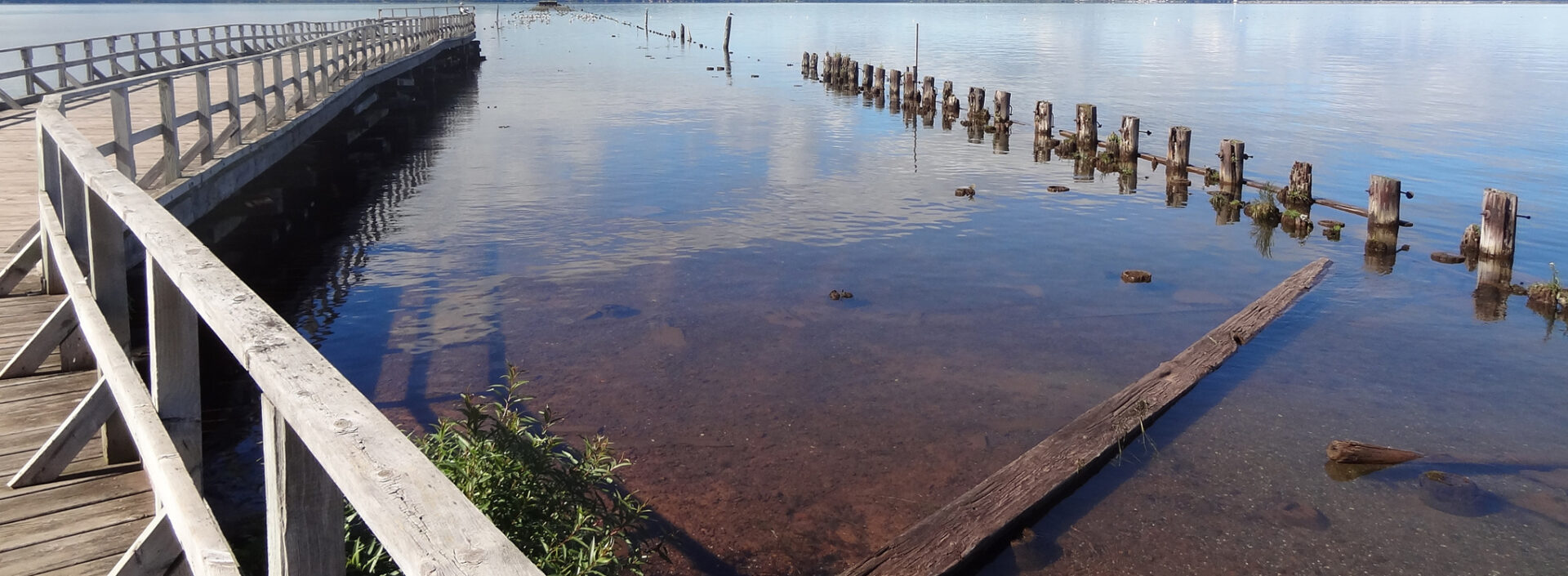
Land Creation Utilizing Dredged Material
Credit: Richard Price, US Army Corps of Engineers
Each year, several hundred million cubic yards of material is dredged from our nations ports, harbors and marinas waterways to maintain critical channel depths for both commercial and recreational boat passage. In the Great Lakes alone, average dredging volumes from just the federally maintained channels is 3-5 million cubic yards of material per year. Nearly half of this volume is considered not contaminated and does not need to be placed into confined disposal facilities (CDFs) built to contain contaminated sediments. The CDFs are filling rapidly, costly to build and take many years to design and permit. Therefore, alternative uses need to be implemented for the clean dredged material. The beneficial use of dredged material is the term used for utilizing dredged sediments for resource materials and as productive material not to be wasted.
There are many opportunities to beneficially use dredged material instead of wasting it by placing it into CDF’s which are needed for only the contaminated material. The follow are several example ways clean dredged material can be beneficially used:
Land Creation and Construction Fill: Dredged material can be a valuable source for large quantities of fill material. Many new land areas within ports and harbors utilize dredged material to create new land regions.
Landfill Caps and Covers: Dredged material can be utilized as a source for landfill covers, road construction slope soils and as cap material for sediment cleanup projects of contaminated material.

Dredged Materail Used as Beach Nourishment
Credit: Gene Clark, Wisconsin Sea Grant
Beach Nourishment: Much of the course fraction of clean dredged material can be replaced into the nearshore or beach zones to enhance or create new beaches and recreational areas. Beach nourishment is extremely popular along the oceans coasts as beaches are a large economic draw for communities and good quality beach sand is typically in short supply.
Topsoil Creation and Enhancement:Dredged material (usually the finer fraction) can be applied either alone or mixed with other materials such as biosolids, manure, compost and other organic material to create valuable topsoil material.
Habitat Creation or Restoration: Clean dredged material is an excellent source of material to create and/or restore aquatic, wetland and upland habitats. Native vegetation is often reestablished and can provide large regions of natural areas for habitat applications.
Mineland Reclamation: Dredged material is being tested in the Minnesota’s Iron Range region as possible mining basin reclamation material for the reestablishment of plant and tree growth once the mining activities have been completed.
For more information and example projects on the beneficial use of dredged material:
The Great Lakes Commission has a web site for the Great Lakes Dredging Team; a partnership of federal and state agencies to assure that dredging is done in a manner that meets environmental protection, restoration and enhancement goals.

Wetland Creation Utilizing Dredged Materail
Credit: Richard Price, US Army Corps of Engineers
The U.S. Army Corps of Engineers Waterways Experiment Station has a Dredging Research Program, a Dredging Operations Technical Support Program and a Dredging Operations and Environmental Research Program. Numerous publications are available. Check out the following website.



